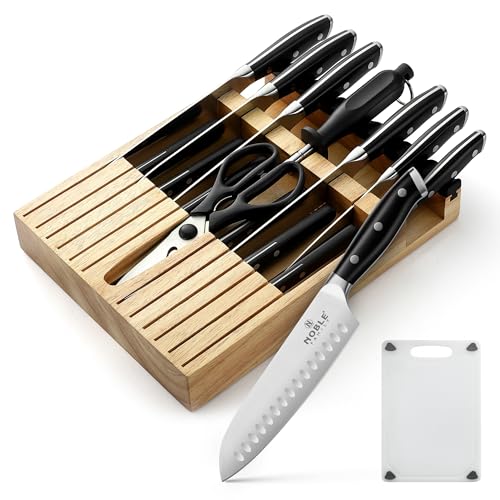I'm a bit confused. You seem to be talking about convexity of the whole blade face but you mention that you find that edge geometry is more important. Is that a typo? FWIW, I certainly find that geometry of the whole blade (especially the geometry just behind the edge) has more impact on cutting performance than edge geometry.
There are a number of takes on blade convexity:
1) Thinner knife that packs as much convexity into a small width as possible. For me, Akebono is the archetype of this knife. There are probably others.
2) Middleweight convex. Mizuno Tanrengen Hontanren is a pretty good pick here.
3) Heavy food release convex knives. Watanabe and Toyama ironclad are great examples. Stainless clad are said to be a little thinner. Mert makes a fantastic workhorse grind.
4) Food release knife with convex wide bevels. The hammered versions of Wakui and Yoshikane SKD are great examples.
Interesting but not surprising to see the love for Kippington's convex grind. I have 2 Kips but neither is convex ground (one is a concave laser, one is a hook).






































